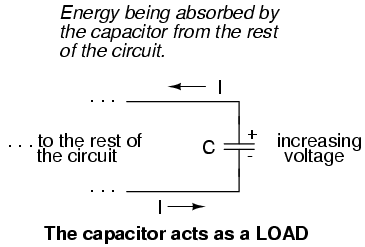The aim of nodal analysis is to determine the voltage at each node relative to the reference node (or ground). Once you have done this you can easily work out anything else you need.
A node is all the points in a circuit
that are directly interconnected.
We assume the interconnections
have zero resistance so all points
within a node have the same
voltage.
Five nodes: A, · · · ,E.
Ohm’s Law: VBD = IR5
KVL: VBD = VB − VD
KCL: Total current exiting any closed region is zero.
step is to label each node with its voltage as follows
1. Pick any node as the voltage reference. Label its voltage as 0 V.
3. Apply KCL to each node other than the reference node; express currents in terms of node voltages.
4. Solve the resulting system of linear equations for the nodal voltages.
Now, let us apply nodal analysis with voltage sources:
(Here, there are two cases we need to consider)
- Case 1: The voltage source is connected between a nonreference node and the reference node: The nonreference node voltage is equal to the magnitude of voltage source and the number of unknown nonreference nodes is reduced by one.
- Case 2: The voltage source is connected between two nonreferenced nodes: a generalized node (supernode) is formed.
Here’s the example of supernode:
A supernode is formed by enclosing a (dependent or independent) voltage source connected between two nonreference nodes and any elements connected in parallel with it.
The required two equations for regulating the two nonreference node voltages are obtained by the KCL of the supernode and the relationship of node voltages due to the voltage source.
You already know the steps on how to apply nodal analysis in a circuit, so we will apply the same steps on the circuit with inductor and capacitor.
Just remember these formulas: for the inductor, use the formula jwL, where w is the omega, and L is the inductance, and for the capacitor, use the formula 1/jwC, where C is the capacitance. Getting the equivalent impedance( resistance in ac circuit), helps you in solving problems as you encounter this kind of circuit in the sample problems .
Nodal Analysis is based on Kirchoff's Current Law.
A set of independent equations are generated by applying KCL at each unknown node.
When a KCL equation is written at a node, the unknowns in the equation are node voltages.
All node voltages are expressed relative to a ground node, therefore one node is assigned
to be ground or zero volts. Also in this chapter we learn that computing in AC is just the same as in DC.

































